Estimated reading time: 6 minutes
We’re on a mission to help you think differently about your weeds.
Every time we talk about weeds with gardeners, there are always a few people who are very resistant to the idea that they should welcome—and dare we say it, even encourage—weeds under their fruit trees.
What is a weed?
First, let’s think about what a weed really is. In most cases what we mean is a plant that got there by itself, i.e., we didn’t plant it.
Even for experienced gardeners, it can be difficult (almost impossible) to know all the plants in your garden. And when you don’t know what a plant is, many of us have an unfortunate tendency to take the approach of “if in doubt, rip it out.”
In fact, no plants are intrinsically “bad”.
This is even true of those with characteristics that make them unpleasant to have around (Gorse, anyone?) or possibly dangerous to an ecosystem (think wild blackberries in the Australian bush).
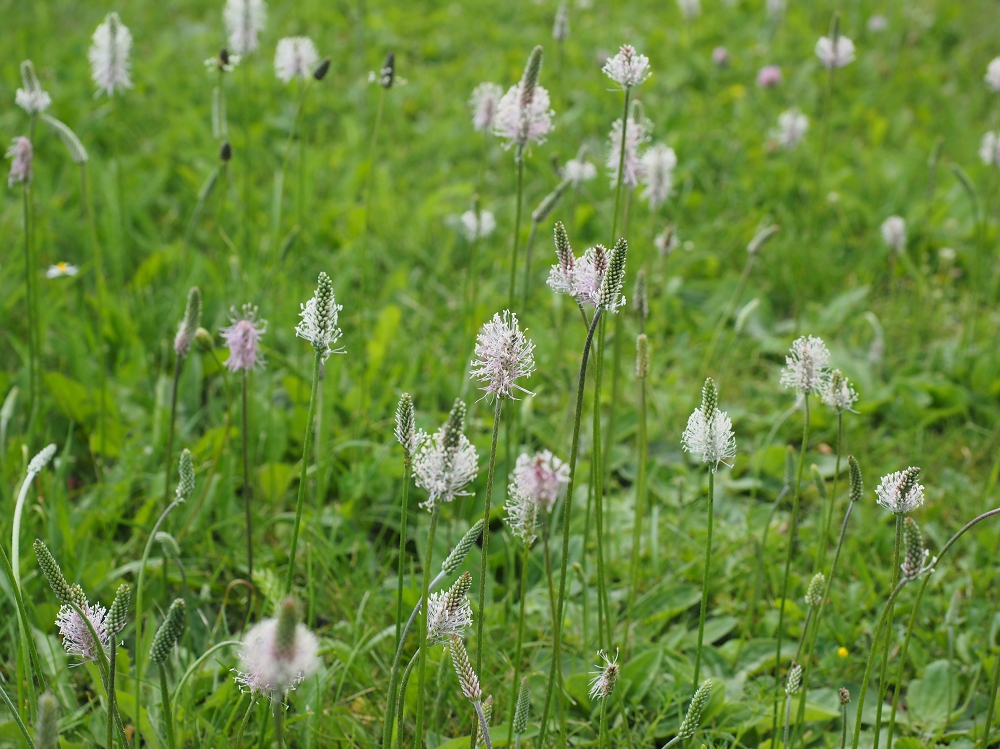
It’s even true (and this might be a difficult pill to swallow) of pervasive grasses like couch grass and kikuyu.
Even blackberries are valued in their native England, where they form natural fences and barriers along many a country lane and are valued for their fruit.
So really, a weed is just a plant that we have decided is in the wrong place.
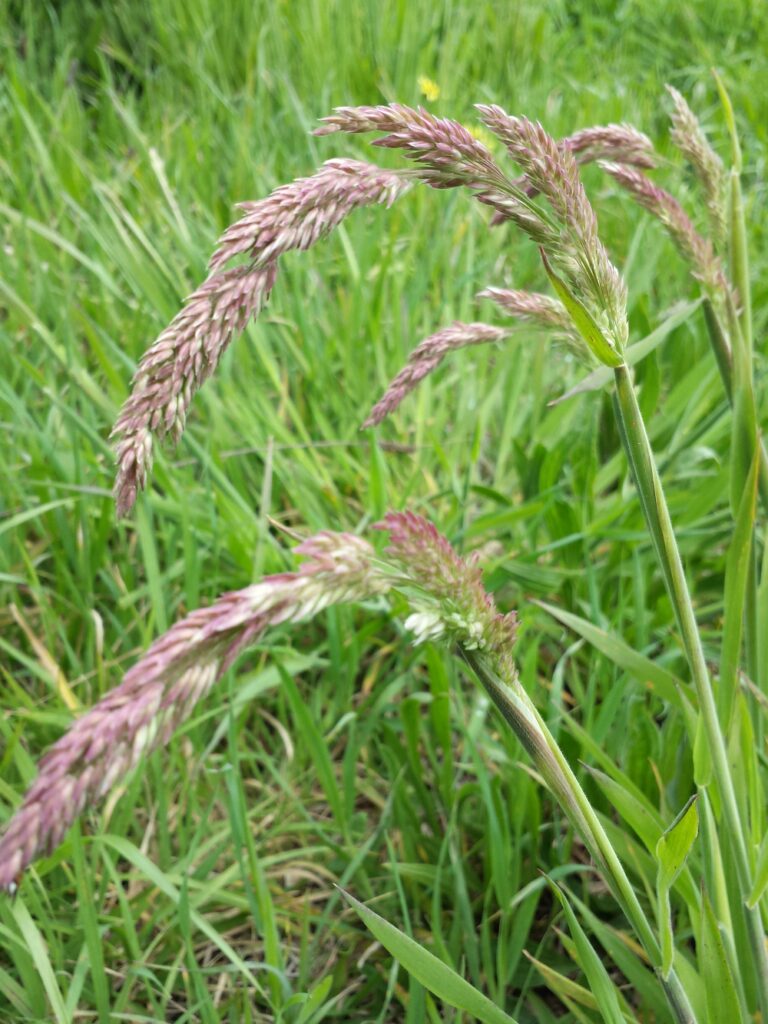
Looking at weeds through new eyes
Many plants we think of as weeds are also herbs, which the Oxford Dictionary defines as “any plant with leaves, seeds or flowers used for flavouring, food, medicine or perfume.”
Other weeds have various uses such as stock feed, dyes, textiles, and cosmetics.
Suddenly, weeds start to look useful.
And their usefulness is even more pronounced when we look at them from the point of view of the many life forms that live in your soil.
Without exception, they prefer you to have living plants under your fruit trees rather than bare soil or even mulch.
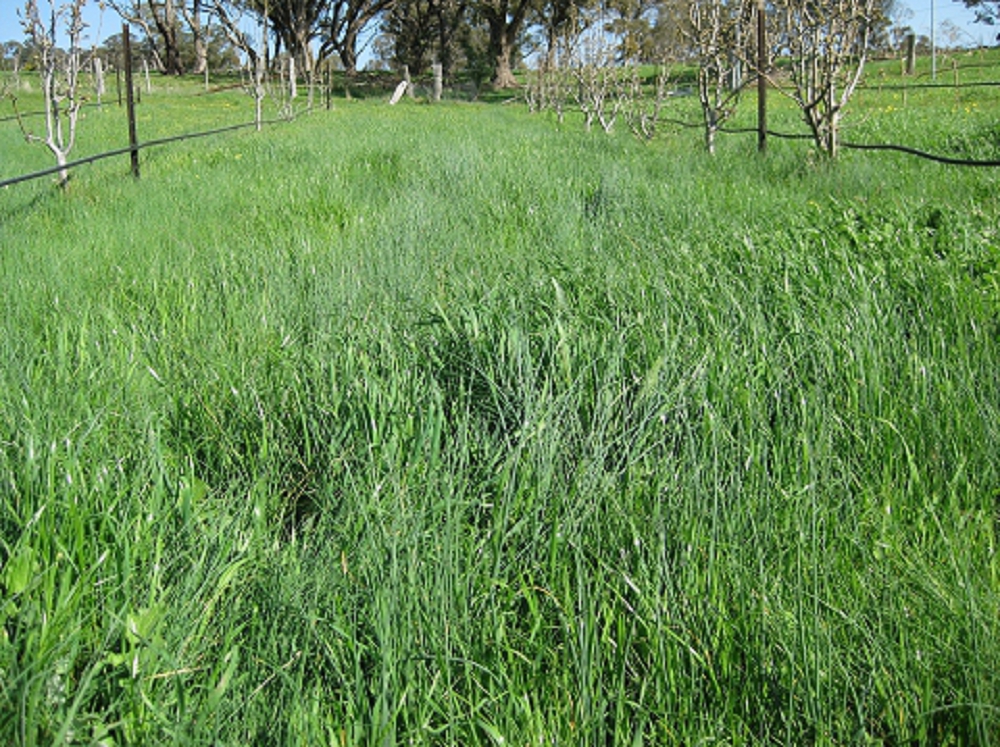
Benefits of weeds
Weeds bring a long list of benefits to you, your soil, and the critters that live in it:
- keep the ground cooler and prevent evaporation, maintaining higher soil moisture;
- provide habitat for soil microbes on their roots;
- provide organic matter for microbes and earthworms to eat;
- pump carbon into the soil;
- attract predator insects;
- take nitrogen from the air and make it available to your plants.
And that’s just the beginning!
So, with that very long list of positives in mind, it suddenly becomes much easier to find reasons to love each and every one of the plants in your garden, regardless of whether you think of them as a “weed” or not.
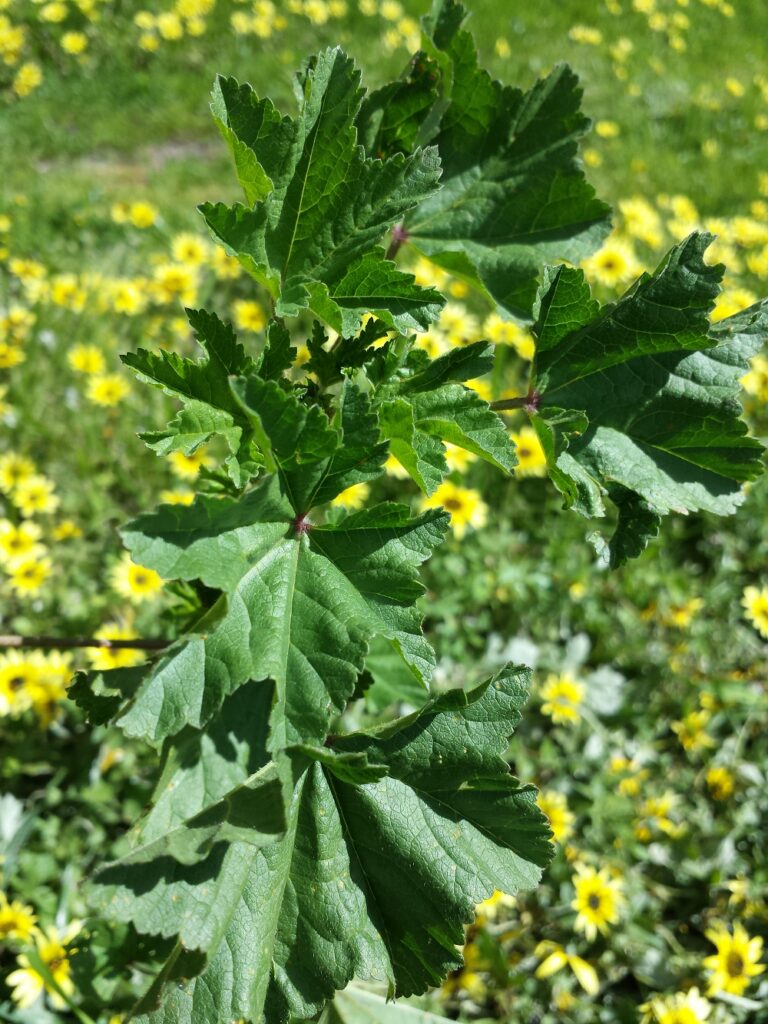
Getting to know your weeds
Observing how a plant behaves in your garden is the first step to getting to know it. Before you automatically pull it out, first have a good look at it. Take off your weed-hating hat for a moment, and look at it as a plant in its own right. Imagine it’s the first time you’ve ever seen it.
Assuming that Mother Nature has a jolly good reason for everything she does (which is absolutely the truth), then why is that particular plant in that particular place?
Is it bringing healing properties to the space? Does it provide crucial groundcover to prevent erosion? Is it holding the soil together with its root system?
Finding out its name is the next step. From there, you can discover all sorts of things about it – like whether it’s edible. The Guide to Edible Flowering Plants is particularly useful for this part of your investigation.
Once you’ve learned even a little bit about the plant, you’ll have a much better basis to decide whether it deserves a place in your garden or not.
Weed resources
There are probably hundreds or even thousands of plants in your garden. So we get that it can be overwhelming.
Take it one step at a time. For example, a first step towards understanding your weeds may be to create a weed database.
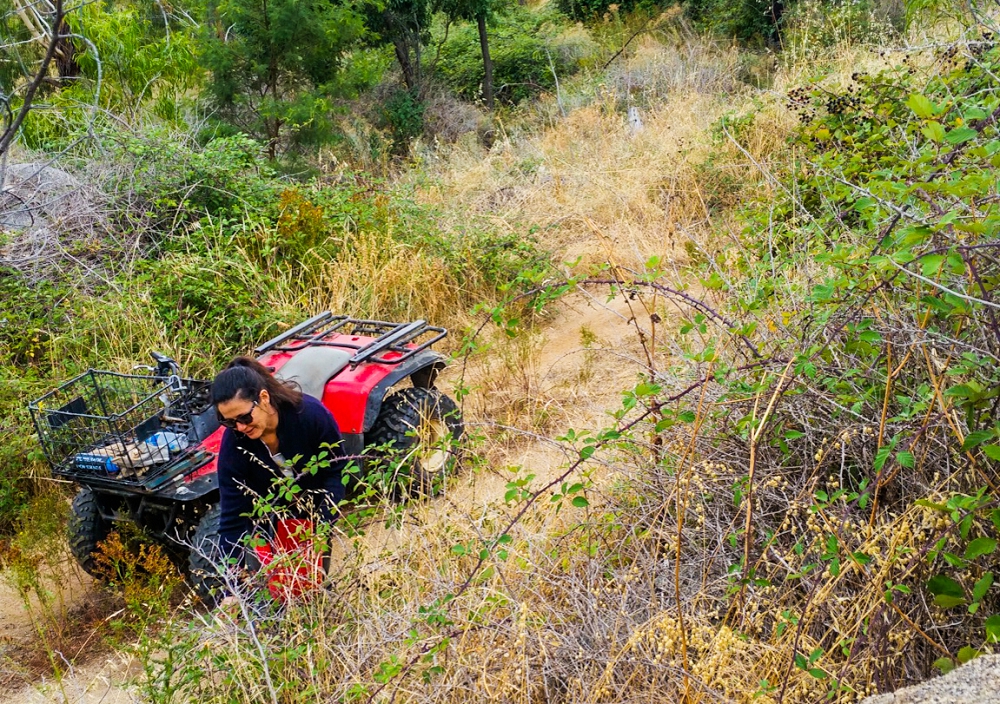
It’s great to find ways to make the most out of environmental weeds (like Katie picking wild blackberries, below).
But it’s also vitally important (and part of being a responsible gardener) to ensure that weeds stay inside your garden and don’t spread to the bush.
Related Articles
How to make biochar: two backyard methods
Save money and turn waste wood into black gold. Here’s detailed instructions for how to make two biochar systems in your backyard.
How to design a fruit tree guild
Get inspired to create beautiful and productive guilds around your fruit trees to support their health and your whole garden.
What should you grow under your fruit tree?
Growing edible and flowering plants under your fruit tree makes best use of the space plus helps to keep your tree healthy.
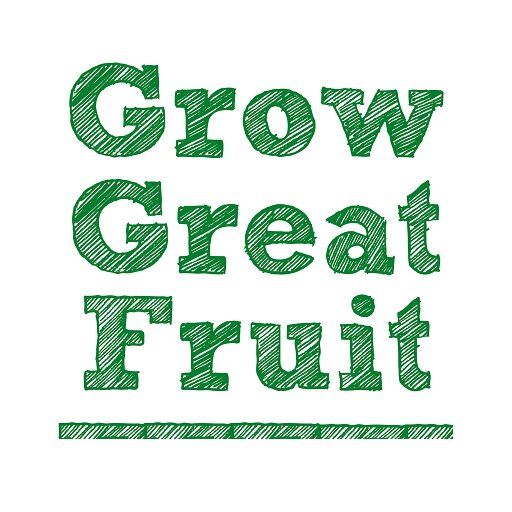

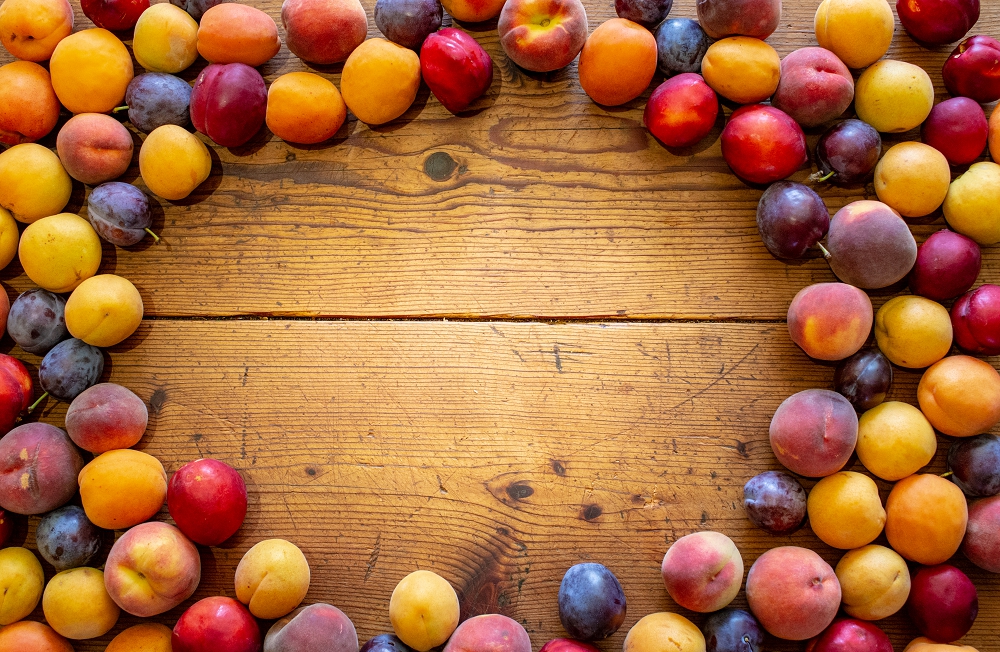



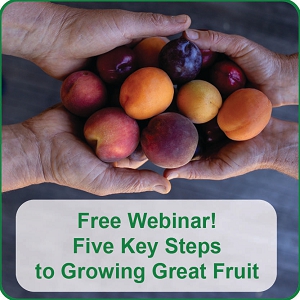
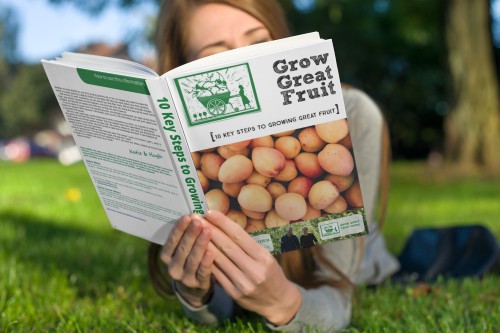
*very nice post, i certainly love this website, keep on it
Thanks for the feedback! Really glad you’re finding it useful
Did you know that there were court cases in the early days of European settlement in the Kyneton area where some people STOLE young gorse plants from others who had imported them at great expense and used them to make hedges – similar to hedges in Scotland. BTW, did you know that gorse flower wine is one of the most delectable of home brews?
Amazing Clare! I made gorse flower syrup when I lived in Scotland, it was delightful (although a bit finicky, a very meditative and somewhat spiky picking process!). It did seem a little more romantic there than here where gorse is a bigger problem though – Meg, GGF team.